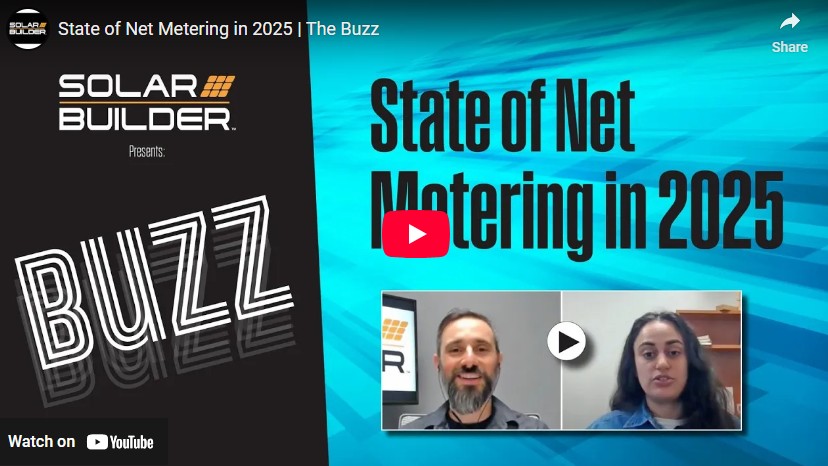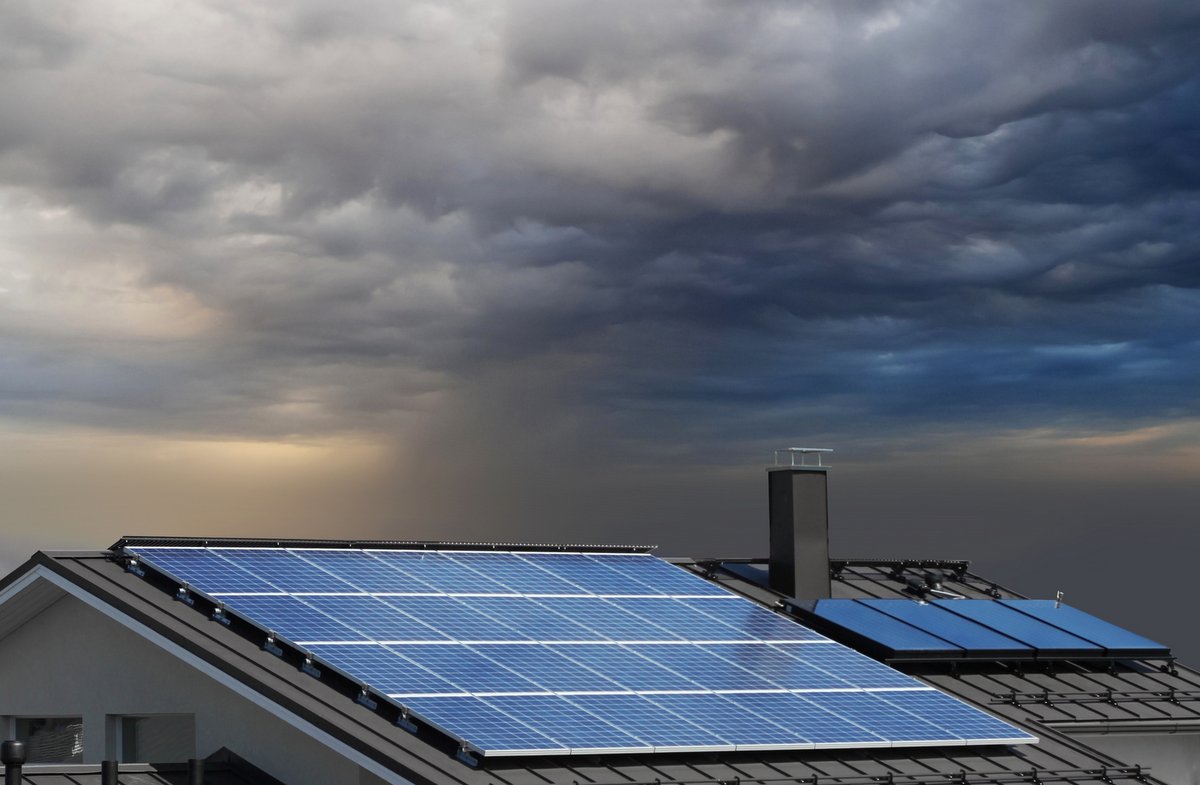Solar Inverters 101
Solar inverters are simple on the surface. They convert DC power from solar modules into AC power for use in homes and businesses. But how exactly does the whole system function? Greg Smith, technical training specialist for SMA America, gave us a brief summary of solar energy to better explain the purpose of solar inverters.
It all starts with the sun. And a mix of appropriate weather and temperatures. Modules like to be in the sun, but they hate to be hot. Why? Well, because of physics. Electrons jump around on the solar modules better in comfortable temperatures. And electrons need to jump around to produce power.
Solar cells are made up of thin layers of silicon mixed with phosphorus and boron. “Silicon by itself is not a very good conductor of electricity,” Smith says. “So what the manufacturers do is intentionally ‘dope’ two different layers of the silicon.”
When the light particles (photons) hit the top of the solar cell, they dislodge an electron from the top layer and move it to the bottom layer of a cell. Copper wires or other conducting materials move the electrons within the circuit.
Individual cells don’t produce much power — maybe one-half of a volt. As cells are connected into series the voltage increases. These series of cells are called modules. There might be 50 volts per module.
Connecting modules into strings (just like connecting batteries in a flashlight) obviously increases the volts, but the current stays the same. Current only increases when modules are connected in parallel lines called arrays. If four 50-volt modules (see provided diagram) are connected into a string, there will be a total of 200 volts. If each module has 5 amps, that string will still only have 5 amps. Your output will be 1,000 W or 1 kW (volts x amps = watts). If five similar strings are connected into an array, the total produced output would be 5 kW as each string is added together. In this example, to produce 5 kW, there would need to be 20 modules connected into an array. Now you can see how large multi-megawatt solar farms really are!
There had been standards through the National Electric Code that only 600 volts could pass through an inverter. But American Electric Technologies Inc. recently introduced a 1,000-volt inverter system tested and certified by the Underwriters Laboratory.
In the provided example, to produce 25 kW of power, the system would need at least two inverters, because most cannot accept more than 600 volts (and the example was producing 1,000 volts). For a large solar farm, many inverters are needed to produce the suggested power. Software determines how many modules and arrays are needed to have the inverter working efficiently, Smith says. Climate and weather conditions are taken into account.
“The more sun you have, the more power you get, because the current goes up,” he says. “Unfortunately, when the temperature is high, the voltage decreases because the electrons don’t move as far. It’s a balancing act that the inverter does because it’s never the same temperature for very long, which means the voltage is always changing.”
The same modules work better in the mountains of Colorado than the deserts of Arizona. The inverter’s role is to produce high efficiency levels and increase overall energy production. Smith says it’s always frustrating when customers get upset that their 5,000-W inverter is only producing 2,000 W in January during overcast conditions. That same inverter can produce more watts in the cool springtime when the skies are sunny. It’s all a matter of understanding how things work and finding the right number of modules and the correct inverter to produce the most power.
Inverters help to determine if more or less power is needed. If connected to a utility grid, inverters are able to bring power in from the utility grid when the solar cells are not producing enough, and they also push power out into the grid when too much is being made. Individual home and business owners who are producing solar power are often able to make money from power utilities if their solar cells are producing an abundant amount of power and releasing it into the grid.
When it comes to utility-scale solar projects, the wrong inverter can cripple production. Too much power being fed into an inverter can “blow it up.” Determining the right balance between the solar farm’s pieces that trap the sun’s energy and the pieces that produce energy for use is a detailed process. Companies like SMA America aim to provide customers with the most efficient inverters for the project.
It all starts with the sun, but it ends with the consumer. And in between, there is an inverter.
(*The original story incorrectly labeled the five-string array as producing 25 kW.)






You write:
“Your output will be 1,000 W or 1 kW (volts x amps = watts). If five similar strings are connected into an array, there would be 25 amps and 1,000 volts producing 25,000 W or 25 kW. In this example, to produce 25 kW, there would need to be 20 modules connected into an array.”
By my calculations, five identical 1kW source circuits results in a 5kW subarray. Similarly, building a 25kW array with 250-watt modules requires 100 modules total, not 20.
Thank you for the clarification. Math isn’t exactly our strong suit! But it is greatly appreciated that you took the time to make sure we had it right. Thanks!